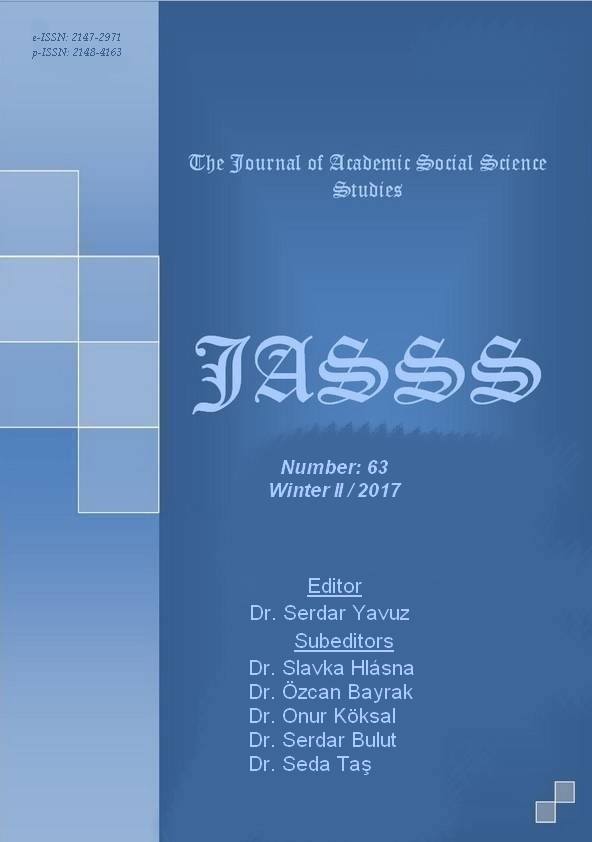Author :
Abstract
In dieser Studie geht es um die Frage, inwieweit „Authentizität“ in fremdsprachendidaktische Prozesse integriert werden kann und in welchem Maße die Berücksichtigung für das Fremdsprachenlernen im Ausland von Nutzen sein könnte. Der Begriff „Authentizität“ suggeriert schon von vornherein, dass etwas Echtes oder Reales in die Überlegungen miteinfließen wird. So wird das Vorgehen durch eine lehrwerkbezogene Analyse, die sich auf Aspekte der aktuellen methodisch-didaktischen Diskussion bezieht als ausschlaggebend betrachtet. Es wird davon ausgegangen, dass eine lehrwerkanalytische Studie zum Erkenntnisgewinn ein ausreichendes Instrumentarium darstellt. Denn das Lehrwerk wird meist mit dem Unterrichtsprozess gleichgestellt. Aufgrund dessen wird das Lehrmaterial „Wie bitte?“ (A.1.1 und A1.2) untersucht und die im Lehrwerk vorhandenen authentischen Kontexte dargestellt. Wenn man bedenkt, dass Fremdsprachenlehrer sehr oft nur das Lehrmaterial im Unterricht anwenden, ist die Forderung das Lehrmaterial authentisch zu gestalten eine Notwendigkeit. Der Unterrichtsprozess im außerdeutschsprachigen Raum ist ohne die Berücksichtigung realer Gegebenheiten des Zielsprachenlandes nicht denkbar. Das echte Kommunizieren ist mit echter Kommunikation möglich. Genauso lernt man das Sprechen oft nur indem man spricht. Sprechen in Dialogen, die es auch wirklich gibt oder geben kann. Das Authentizitätsprinzip ist gerade hier eine Grundlage, die dem Lernenden Alternativen anbietet um realitätsnahe Äußerungen zu produzieren. Deshalb ist die Bedeutung authentischer Texte, Bilder und Redemittel von großer Bedeutung im Fremdsprachenunterricht.
Keywords
Abstract
This study examines the extent to which "authenticity" can be integrated into foreign language learning processes and to what extent the use of foreign language learning can be useful in foreign countries. The term "authenticity" suggests from the outset that something real or real will be included in the considerations. The approach is therefore seen as crucial by means of a textbook analysis, which relates to aspects of the current methodological-didactic discussion. It is assumed that a study-based analytical study is a sufficient instrument for gaining knowledge. Because the course book is usually equated with the learning process. Therefore, the teaching materials is examined "Wie bitte? (A.1.1 and A1.2)" and the authentic contexts present in the course books are demonstrated. Considering that foreign language teachers very often only use the teaching material in the classroom, the requirement to make the teaching material authentic is a necessity. The teaching process in a country where German is not spoken is unthinkable without taking into account the realities of the target language country. That is why the importance of authentic texts, pictures and speeches is very important. Real communication is possible through real communication. Likewise, one often learns to speak only through speech. Speak in dialogues that really exist or can exist. The authenticity principle is here a basis that offers the learner alternatives to produce realistic statements. Therefore, the importance of authentic texts, images and speech is of great importance in foreign language teaching.





